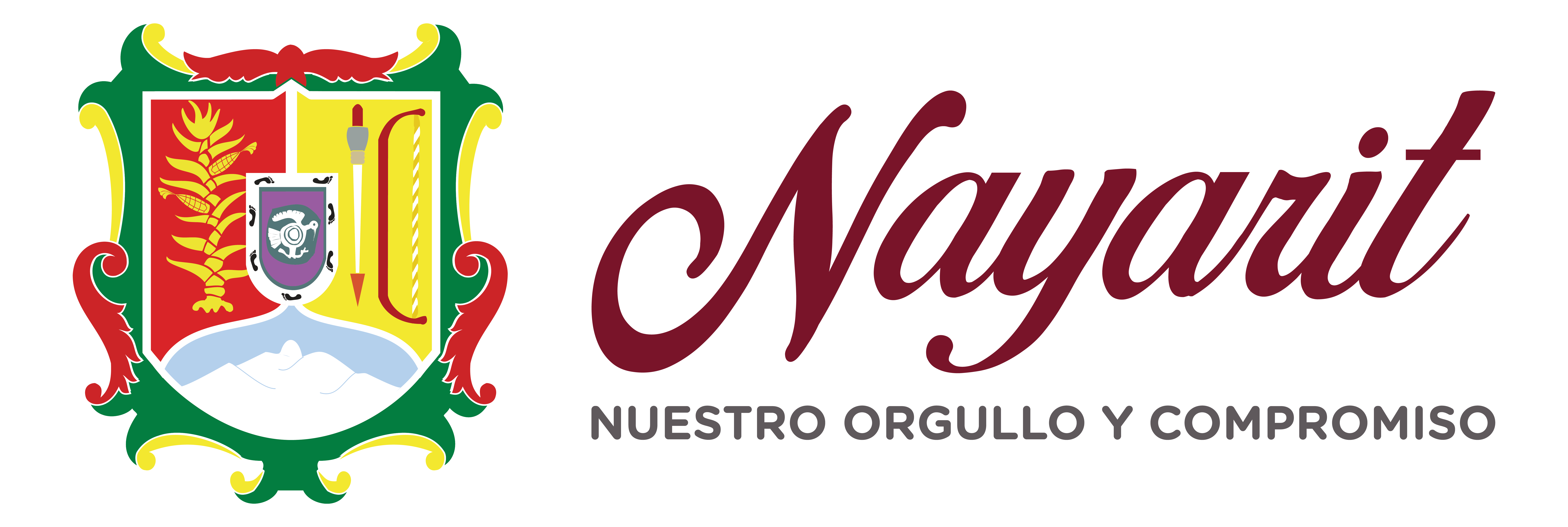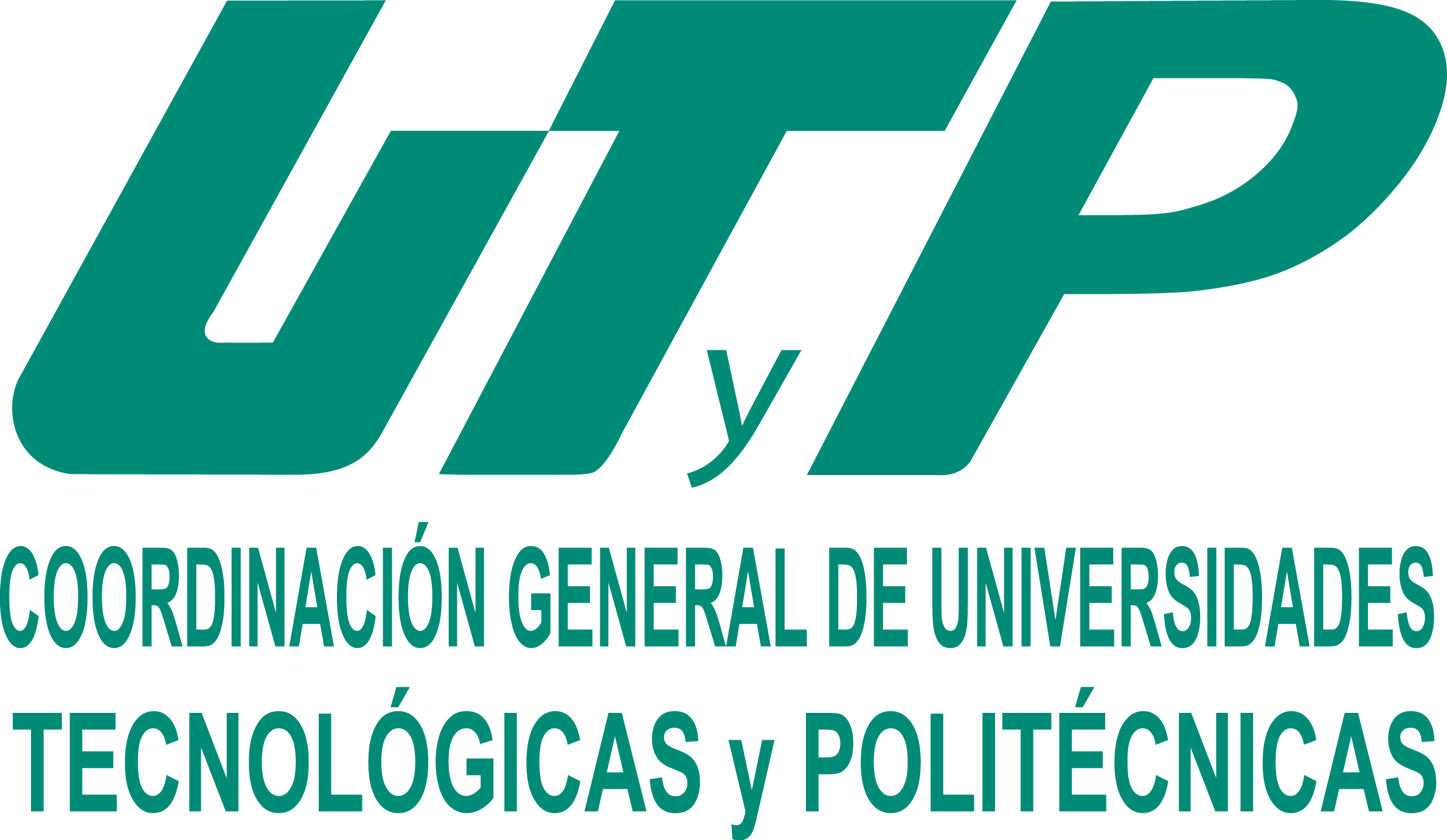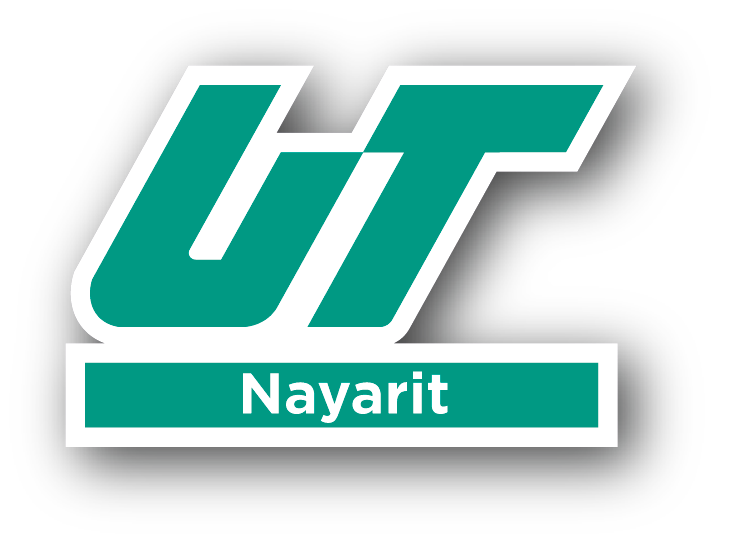Diagnosis of Accessibility of a Museum for People with Disabilities
Keywords:
Disabilities, Inclusive museums, Universal accessibility, People with disabilitiesAbstract
According to the Association of Museologists and Museographers of Andalucia, “transforming the space or adding physical aids to the place is not enough”. This association managed a “study in which experts analyze and evaluate good practices in serving public with special needs, the design of specialized training programs for technicians and the presentation of accessibility implementation measures” (WADA, 2021, p. 8.). The headquarters
of the museum under study was built in the fifirst decade of the 20th century, and in order to maintain its originality, it has had few changes, which is why, on the site, the lack of accessibility for people with disabilities is notorious. As well as the lack of modifified services to address these differences. The case study presented has a qualitative approach; in which all the subjects related to the service to the museum’s visitors were selected for the collection of information, through the application of two instruments validated by judging: a questionnaire
and a checklist, and whose application was through an interview. It was found that the current state of the museum, although it provides services to any visitor, does not have appropriate physical facilities to serve people with motor, visual or hearing disabilities, who require specialized equipment for their movement or to appreciate the exhibits. Inside, the information cards only consider the Spanish language. Also, the staff lacks training to care for people with disabilities, although they solve it with a good attitude. It is concluded that, due to theinfrastructure of the Museum, it is not very accessible for people with motor, visual and hearing disabilities. The building has remained the same since its opening as a museum, causing the impediment to enter the place to extend to the services offered, since they are not designed to serve a public with these characteristics.Needs of people with disabilities and the expected treatment in tourist sites, inclusive tourism, training and awareness
for inclusion, tourism and sign language, among others.
Downloads
References
ACADIS. (2017). Las barreras sociales: las más difíciles de superar para los discapacitados. P. 4. https://www.acadis.es/las-barreras-sociales-las-mas-difificiles-superar-los-discapacitados/
ACNUDH. (2019). Lucha contra la discriminación de las personas con discapacidad. P 3. https://www.ohchr.org/sp/aboutus/pages/discriminationagainstpersonswithdisabilities.aspx
AICE. (2022). Accesibilidad y Barreras de Comunicación. P. 5. http://implantecoclear.org/index.php?option=com_content&view=article&id=177&Itemid=179&jjj=1643587257577
AMMA. (2021). Manual de Buenas Prácticas para Profesionales e instituciones, Pg. 8. https://observatoriodelaaccesibilidad.es/wp-content/uploads/2021/06/Accesibilidad-en-Museos-Manual-de-Buenas-Practicas.pdf
ASISTED. (2018). Importancia de la accesibilidad del entorno y las viviendas. P. 11. https://www.asisted.com/blog/importancia-de-la-accesibilidad-del-entorno-y-las-viviendas/
Bautista A. (2022). Personas con discapacidad reportan menos quejas pord iscriminación. El Heraldo de México. P. 8. https://heraldodemexico.com.mx/nacional/2022/1/5 /personas-con-discapacidad-reportan-menos-quejas-pordiscriminacion-367246.html
CEDH. (S.F.). Manual de buenas prácticas para la atención de personas con discapacidad, Pg. 2. http://cedhmichoacan.org/images/Areas/MecanismoDiscapacidad/manual_buenas_practicas.pdf
Robles, Z. (2019). Manual de accesibilidad para museos (1a. ed.), Pg. 4 y 58. http://www.ibermuseos.org/wpcontent/uploads/2020/05/2019-zuniga-manual-de-accesibilidad-para-museos-per.pdf
Downloads
Published
Issue
Section
License
Copyright (c) 2022 Jenifer Vanessa Cab Gonzaléz, Fabiola Alexandra Téllez Brindis

This work is licensed under a Creative Commons Attribution-NonCommercial 4.0 International License.








